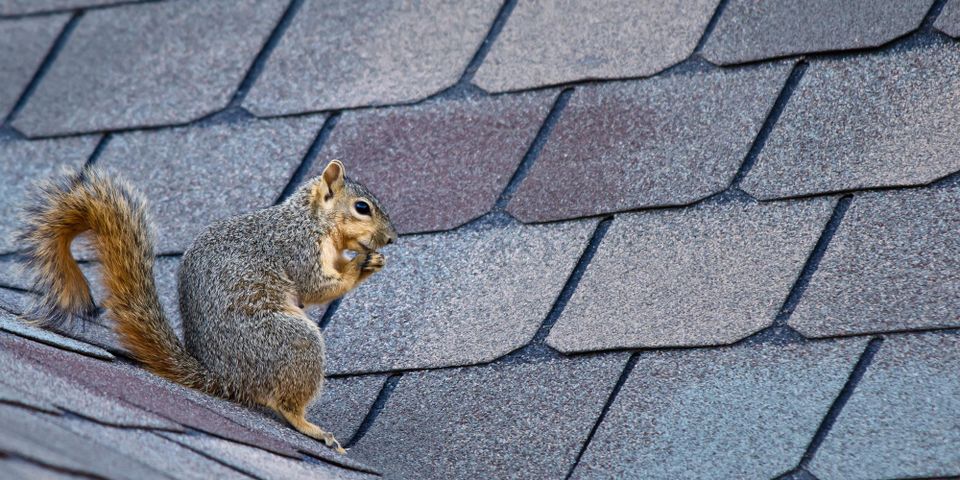
Tis’ be the season... for critters! Most critters that we work with are fully engaged in their process of mating and securing a nest site to have their babies and raise them. Some have already had their young, and others will be springing into action soon and throughout the summer months.
Squirrels or Raccoons Inhabiting Your Attic
Squirrels are the first critters to have babies each season. Their litters are born in late February through March. The young squirrels are now rumbling and tumbling about in your attic and are being caught and removed in live traps. Squirrels have babies two times a year and are known to return to previous nesting sites. Litter sizes range from 2-6 babies. Squirrels will mate again during July-August and another litter will be born in September.
Raccoons give birth from March through July. The early litters are now being found and removed. Most of the young are small and don’t have their eyes open yet, however, some are already standing on their hind legs to growl and are playing like puppies or kittens would...but in your attic. Their loud bird-like noises alert our customers of their presence.
Critters Under Your Deck, Shed, Hot Tub?
Groundhogs emerged in February. The males seek out the females and begin the mating process. We are currently finding pregnant females and the young are usually seen in May – June. Groundhog litters range from 2-6 pups.
Raccoons are active all year. Raccoons also den under decks, porches, sheds and other outbuildings. Their young are sometimes the first sign of raccoons under your outdoor structures. Baby raccoons are sometimes seen playing outside the den entry during daylight hours and will scurry back into the den if approached. The average litter size for raccoons is 2-6 per year.
Opossum are also active all year. Opossum generally take over vacated dens that were previously occupied by other critters. The opossum is nocturnal and the only marsupial in North America. The opossum is known to have large litters. Most babies don’t survive however, the mother can care for 7-10 babies. As they grow and leave their mothers pouch, the young opossums are often seen riding on mothers back as she teaches them to find food and shelter on their own.
Skunks breed from late February – March. The female skunk gives birth to 4-7 young each year. The young skunks are seen in late May playing outside the den while their mother is inside sleeping. Skunks prefer a dry den under concrete porches or patios.
Chipmunks are ground dwellers. They leave golf ball to tennis ball size holes in your yard or mulch beds. Chipmunks have young two times a year with litter sizes of 2-6 young. They live in groups; therefore, they can multiply fairly quickly. Litters are born February – March and then again in August – September.
If you’re already dealing with a critter invasion, it’s important to hire a humane animal removal service to remove them from your home or property. A.S.A.P. Critter People is the premier wildlife removal expert in Hamilton, Butler, Clermont, and Warren counties in Ohio. From squirrels and raccoons to snakes and birds, our wildlife removal professionals have the equipment and training to remove unwanted wildlife. Call us at (513) 941-0258 today to schedule an appointment, or visit our website to learn more about our wildlife removal services.
About the Business
Have a question? Ask the experts!
Send your question

